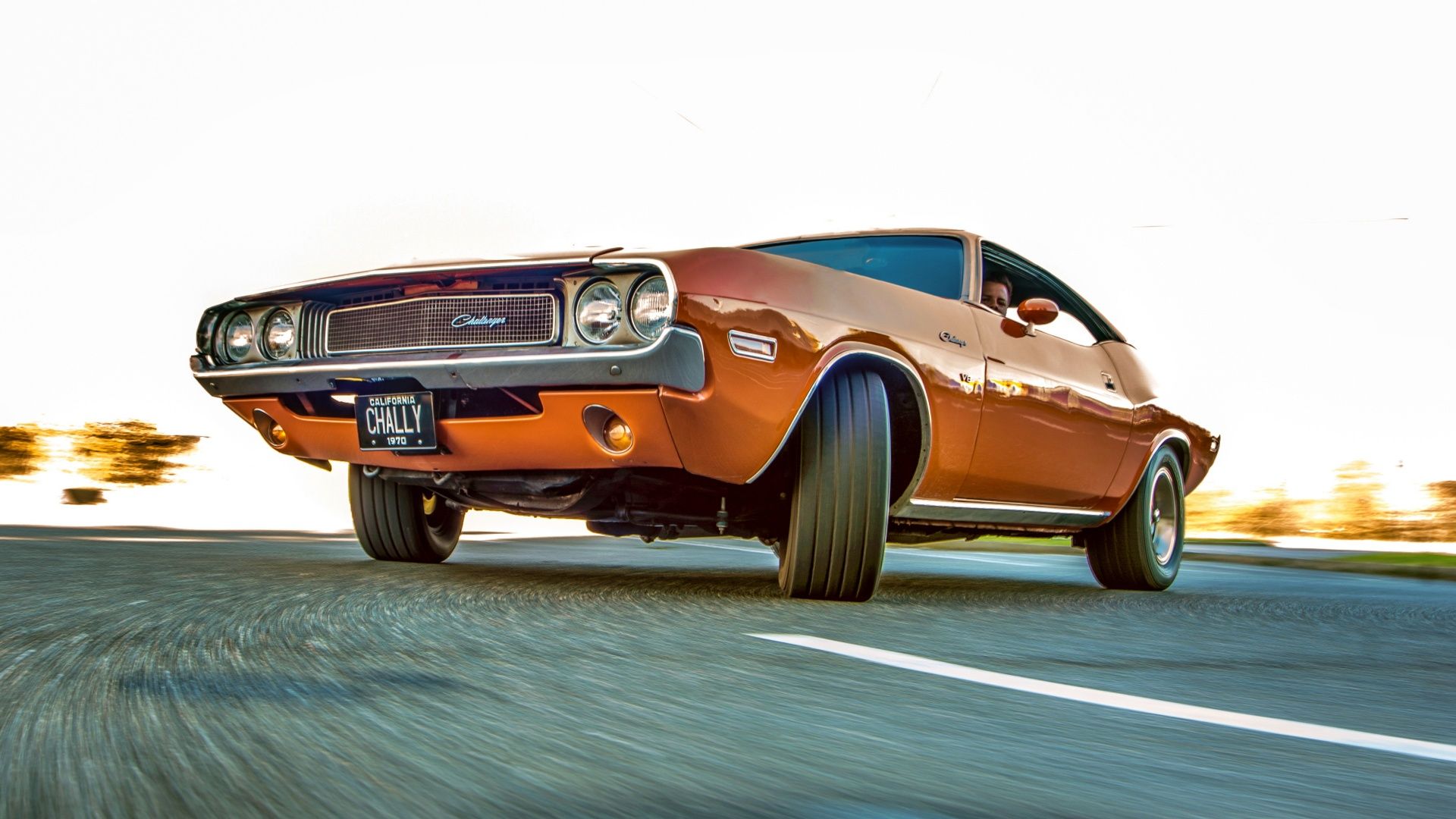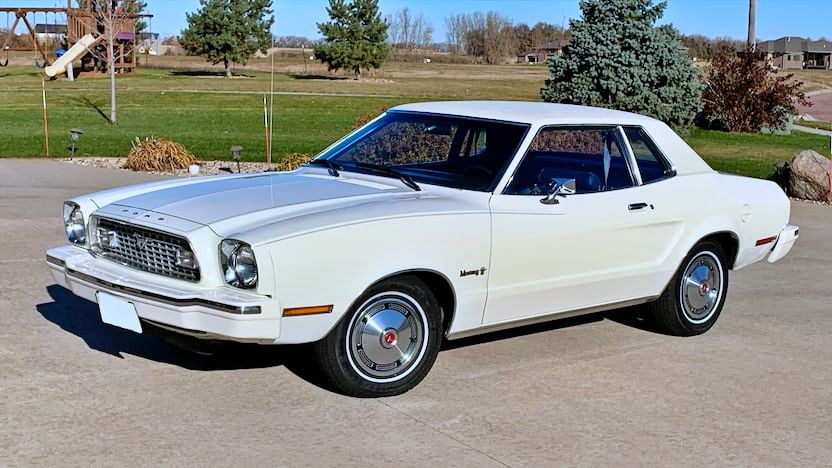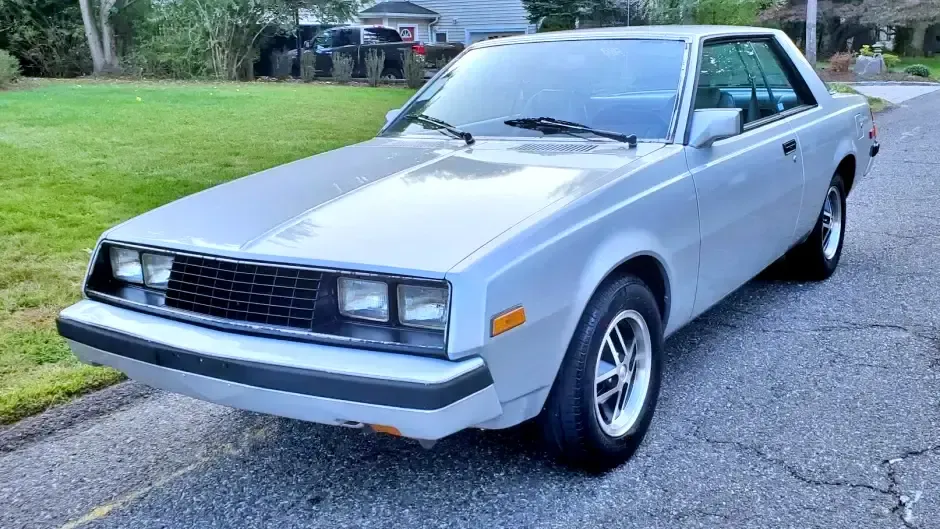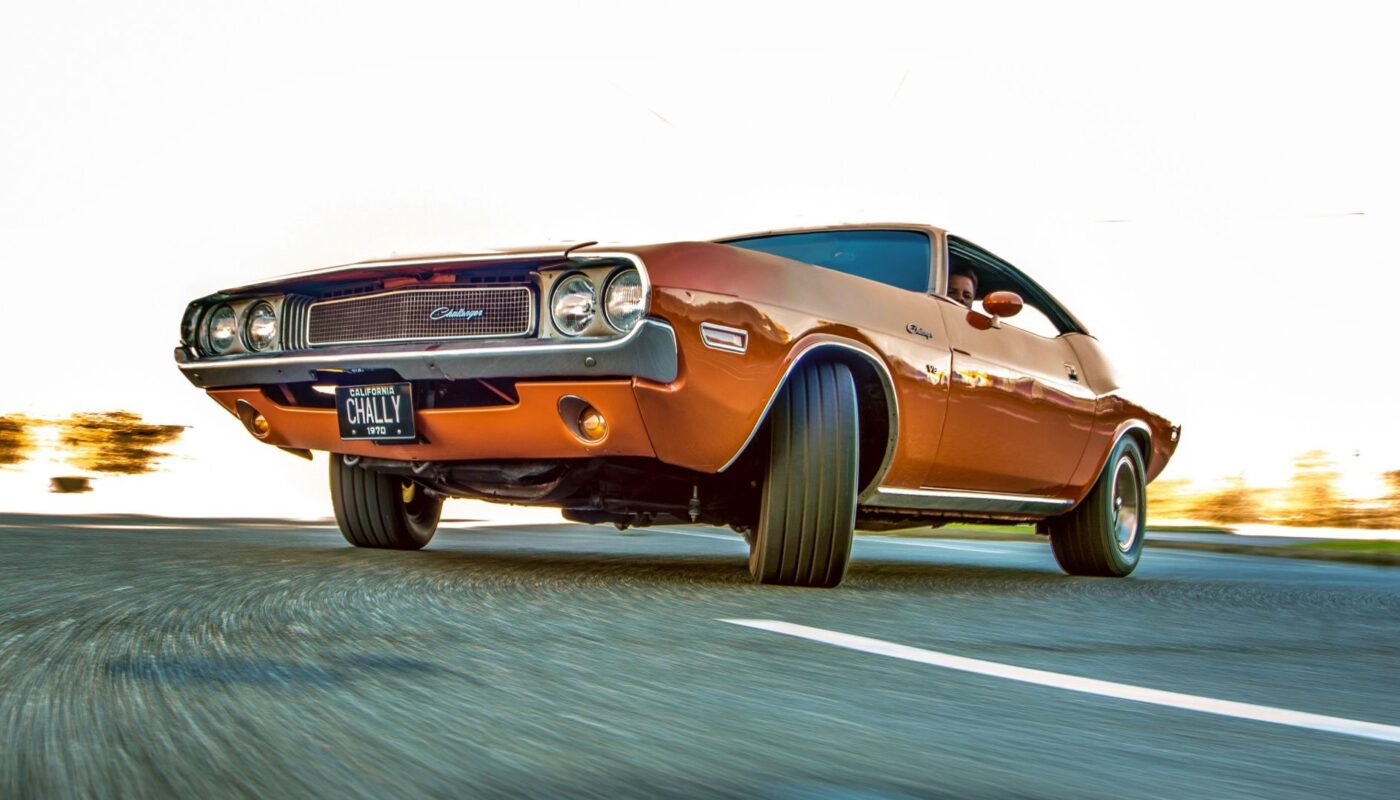What do you think of when you hear the words muscle car? Do you have something in mind; can you picture it in your head right now? Does it have a big engine that roars once the ignition is turned on? It’s a tough, rough, stand-alone vehicle that produces high performance, and has rear-wheel drive.
It puts fear in the heart of the competition when you roll up to the line and wait for that flag to drop. Maybe you’re imagining something with flames and a loud ass paint job. Color is irrelevant, come back down to earth. It’s the coolest car in the parking lot and everybody is gravitating to it. Why? Because it’s a muscle car.
The Essence Of A True Blue American Muscle Car

However, are all of them cool and deserving of the love and infatuation we give our tough American Classics? No, absolutely not all. True muscle cars that are hard-nosed, gas-guzzling, loud, and made from American steel are the faithful rides that we put our trust in to get us from one point to the next as quickly as we can while giving off an air of confidence that is unmatched by any other type of car. It will do laps around a luxury car, slap the hell out of a sportscar and ultimately embarrass any utility vehicle. The muscle cars are in a class by themselves.
When looking back on the seventies, they weren’t so bad. It had the evolution of disco, bellbottom jeans, and Saturday Night Fever. The decade started with the United States finally ending an unwanted war, and it finished fighting a new war against emissions and controlling the air in the environment. The clean air act of the 1970s was put in place to control the number of harmful pollutants that were released into the air by cars and other industrial vehicles. The new emission laws affected both the fuel economy and horsepower of the cars of this era.
1974 Ford Mustang

The first car to be mentioned hurts to say, but it’s a must, the 1974 Ford Mustang II should be avoided like a drunk freshman. It was a small, significantly underpowered car that boasted no balls and could barely keep up in a conversation. The base model had an underwhelming 88 horsepower for extremely low performance.
It was 500 pounds lighter and 19 inches shorter than the previous year and nowhere near as fast. With the ’73 model having a V8 as opposed to the ‘74’s four cylinders, it would leave it in the dust fairly easily and make it regret if they ever went head-to-head. The steering and the suspension were soft but dependable. That’s why if a ’74 Mustang was parted out, the first thing to go was the front end. Even so, keep your distance from this non-iconic Mustang.
1979-1983 Dodge Challenger

The next muscle car to keep away from is not just a model year but an entire generation. Have you ever heard someone mention or even think to yourself, “This generation is no good”? That’s how it is with the second-generation Dodge Challenger. 1979-1983 was an abomination of this brand. In actuality, it’s a Mitsubishi Galant with the badges of a Dodge Challenger.
They had no shame in their game to embarrass themselves like this, perpetrating this fraud seemed second nature to them. With a weak 1.6-liter four-cylinder engine, this foreign car with the American name goes nowhere fast. It takes off from 0-60 in 15.1 seconds and reaches a top speed of barely over 100 miles per hour, the second-generation Dodge Challenger is one of Mopar’s biggest mistakes.
The indolence Dodge showed in the ’80s makes you wonder what they were thinking and if anyone showed up for work. This brings us to the third muscle car to not even think about purchasing. Though this one has the muscle car name it happens to be a weak sub-compact car that is front-wheel drive.
1981-1987 Dodge Charger

The third waste of a muscle car would be any Dodge Charger from 1981-1987. The lack of creativity the heads of the Chrysler corporation exhibited in the ’80s seemed to be the norm. It’s hard to understand how Lee Iacocca revived them with these poor concepts of what they thought American muscle actually was.
Car enthusiasts did not accept this three-door hatchback to be remotely considered a muscle car, especially since it was a mixture of the Dodge Omni and Plymouth Horizon. The name Dodge Charger is synonymous with speed and toughness.
We can thank “The Dukes of Hazzard” for that. A true muscle car to the end. That 1969 Dodge Charger is the epitome of American toughness. Just not with that stupid flag on the roof. However, when you see the Charger from the 1980s, it’s hard not to think of the opposite, slowness and weakness.
Old-School Muscle Cars To Avoid
Its unfortunate Mopar had to have two of their iconic name brands on this list, but that’s the price you pay when you mess around and think you can slap any name on any piece of crap and call it American muscle, so if you’re indeed in the market for an old-school muscle car, you now know you want to steer clear of these three
